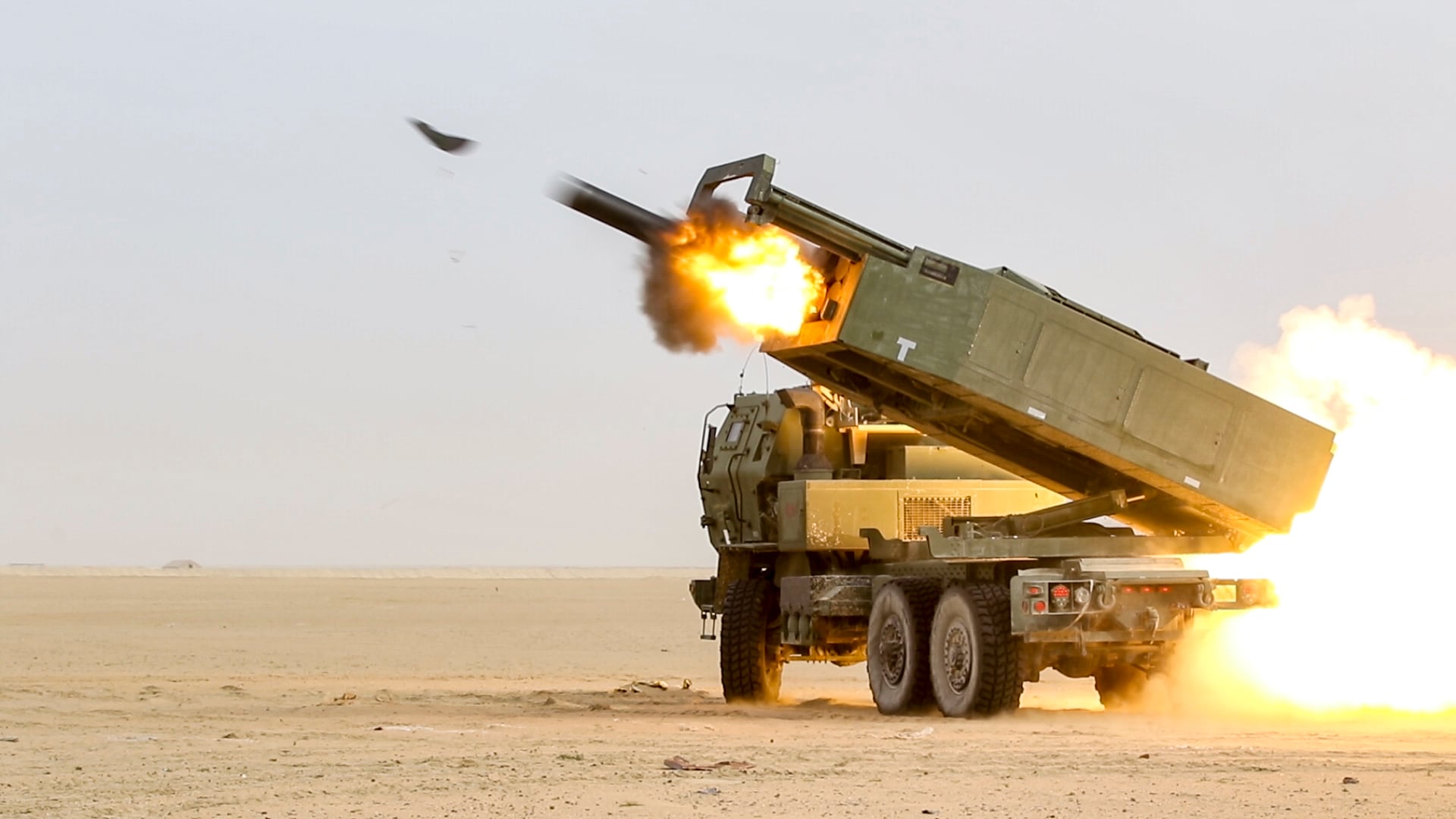WASHINGTON — The first test shot of Lockheed Martin’s precision strike missile at White Sands Missile Range, New Mexico, was a success, the company said in a statement.
“All test objectives were achieved,” the statement read.
The PrSM was fired Dec. 10 from a U.S. Army High Mobility Artillery Rocket System launcher and flew roughly 240 kilometers to the target, the release stated.
“Today’s success validates all of the hard work our PrSM team has put into the design and development of this missile,” said Gaylia Campbell, the company’s vice president of precision fires and combat maneuver systems. “This test flight is the most recent success in a long line of product component and sub-component testing successes conducted as part of our proven development discipline to assure total mission success for our U.S. Army customer.”
The test objectives, according to Lockheed, included staying on course and maintaining the trajectory, range and accuracy.
The first flight tests for PrSM — meant to replace the Army Tactical Missile System — were delayed until the end of this year due to technical issues, the director in charge of Long-Range Precision Fires modernization, Brig. Gen. John Rafferty, said in July.
“There were a couple of technical issues that caused us to delay about 90 days for the flight test," he said. "There was a mishap at a facility that caused some of the delay, followed by Mother Nature … extreme weather that made repair at that facility near impossible for a period of time.”
When pressed for specifics, Rafferty said the mishap was not at a Raytheon or Lockheed facility, but rather a sub-vendor used by both teams.
Raytheon and Lockheed Martin have been in a head-to-head competition to deliver a future PrSM missile to the Army. While Lockheed was originally intended to test its missile in flight after Raytheon, the latter defense company experienced technical issues, according to sources, and had to push its flight test from November to early next year.
The Army has a goal to initially field a new PrSM in 2023; it is one of the major development efforts within the Army’s long-range precision fires portfolio. LRPF is the Army’s top modernization priority.
The service has accelerated PrSM’s fielding timeline by several years and will stick to the baseline requirements for the missile to get there.
RELATED

Each company will have subsequent flight tests after the initial shot to help garner further data for development and refinement, leading the Army to choose a winner.
The Army also plans to adjust its maximum range requirement following critical test shots of the two PrSMs.
The missile’s current maximum range requirement is 499 kilometers, which is the range that was compliant under the now-collapsed Intermediate-Range Nuclear Forces Treaty between the United States and Russia. The United States withdrew from the treaty in August, and so the Army no longer has to adhere to the range limit for its missiles.
Rafferty said the baseline missile could reach a range of 550 kilometers based on data from both companies competing to build the PrSM. But the Army won’t consider adjusting its requirements until each company has observed how their respective missile behaves in real flight tests.
Jen Judson is an award-winning journalist covering land warfare for Defense News. She has also worked for Politico and Inside Defense. She holds a Master of Science degree in journalism from Boston University and a Bachelor of Arts degree from Kenyon College.






